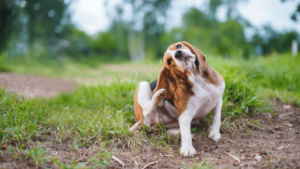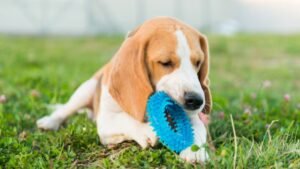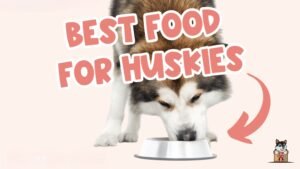

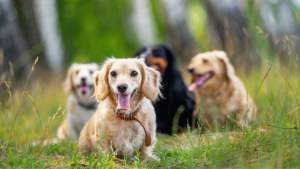



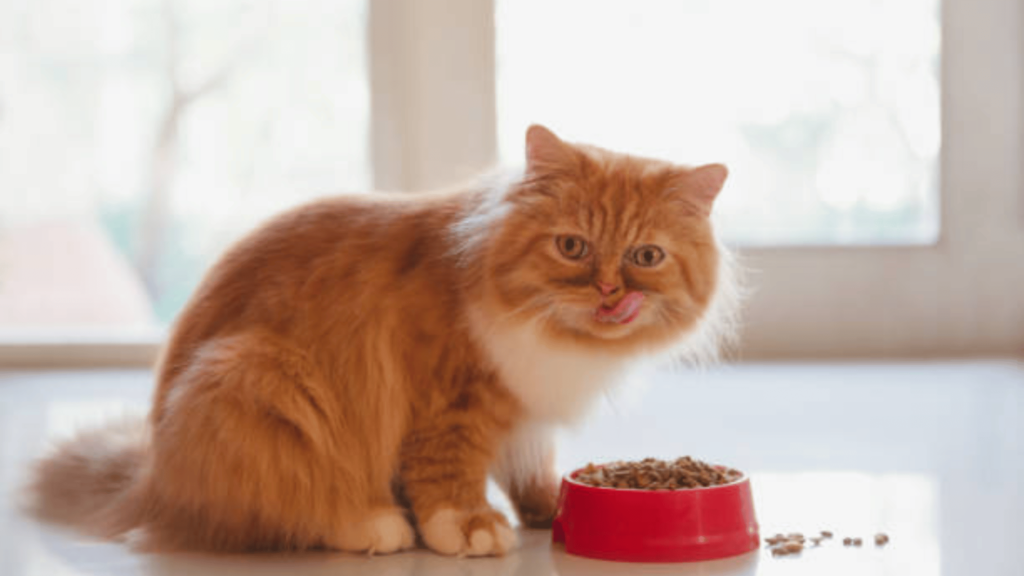
Persian cats, with their luxurious coats and aristocratic demeanor, require a specialized diet to maintain their health, energy, and signature silky fur. Their unique dietary needs stem from their genetic makeup, requiring a well-balanced, nutrient-rich diet to prevent obesity, digestive issues, and skin problems. In this guide, we explore the Persian cat diet, focusing on high-quality nutrition, essential vitamins, and feeding tips to ensure your feline stays healthy, active, and radiant.
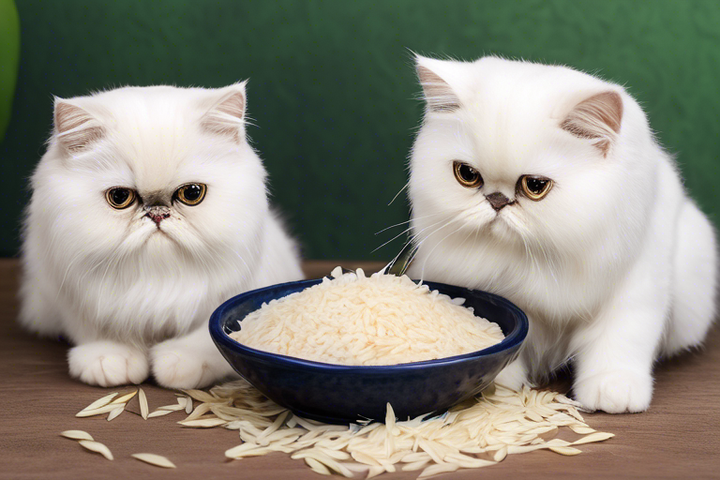
Persian cats have distinct dietary requirements that differ from other breeds due to their long coats, slow metabolism, and predisposition to certain health conditions. Their diet should focus on high-protein, low-carbohydrate ingredients, with added essential fatty acids and hydration to support skin and coat health.
Protein is the cornerstone of any feline diet, especially for Persian cats. Their bodies rely on high-quality animal proteins to support muscle maintenance, energy levels, and overall health.
Proteins should come from real, named meat sources rather than fillers or artificial additives. Cats are obligate carnivores, meaning their primary energy source should be animal-based proteins.
Persian cats are known for their long, flowing coats, which require proper nourishment to maintain shine and softness. Omega-3 and Omega-6 fatty acids are essential in preventing dryness, reducing dandruff, and enhancing coat texture.
Fats are also crucial in supporting brain function, energy levels, and heart health. A diet rich in omega fatty acids promotes a shiny, tangle-free coat and reduces excessive shedding.

Carbohydrates are not essential for Persian cats, and an excessive amount can lead to obesity, diabetes, and digestive issues. Persian cats, in particular, are prone to weight gain due to their less active nature.
A low-carb, grain-free diet helps maintain healthy body weight while preventing food allergies and digestive discomfort.
A well-balanced Persian cat diet must include essential vitamins and minerals to promote immune health, digestion, and a vibrant coat.
Including natural food sources rich in these nutrients will support overall Persian cat health and longevity.

Persian cats are prone to kidney and urinary tract issues, making hydration an essential component of their diet. Many cats do not drink enough water, which can lead to kidney stones, urinary infections, and poor digestion.
Canned or wet food is preferable over dry kibble as it provides moisture while maintaining necessary nutrients.
Due to their long fur, Persian cats are susceptible to hairballs and digestive blockages. Including fiber in their diet helps regulate digestion and reduce hairball formation.
Fiber helps in smooth bowel movements, prevents constipation, and aids in hairball control.
When selecting food for your Persian cat, consider options that align with their dietary requirements.
Wet food provides hydration, high protein, and essential nutrients without unnecessary fillers. Look for premium brands with real meat as the first ingredient.
A well-balanced raw diet with proper supplementation can be beneficial. However, consulting a vet is crucial to ensure all nutritional needs are met.
If feeding kibble, opt for grain-free, high-protein formulas specifically designed for Persian cats.

Persian cats can develop allergies to chicken, dairy, grains, and artificial additives. If your cat experiences vomiting, diarrhea, or skin irritation, consider an elimination diet to identify the allergen.
Hairballs are common in long-haired breeds. A diet high in fiber and omega fatty acids can help reduce their occurrence.
Persian cats are naturally less active, making portion control crucial. Feeding a balanced, low-carb diet with high protein ensures healthy weight management.
Providing a well-balanced Persian cat diet ensures optimal health, a luscious coat, and a long, happy life. High-quality protein, essential fats, hydration, and proper vitamins play a key role in maintaining their beauty and well-being. By selecting the right foods and feeding practices, you can ensure your Persian cat remains energetic, healthy, and radiant.
A high-protein, low-carb diet with omega-rich fats is best for Persian cats.
Wet food is preferred as it provides hydration, but high-quality dry food can be given in moderation.
Feed a diet rich in omega fatty acids, proteins, and essential vitamins like biotin and vitamin E.
Yes, they may develop allergies to chicken, dairy, or grains. Opt for a hypoallergenic diet if needed.
Persian cats should be fed 2-3 small meals per day to maintain digestion and prevent obesity.
